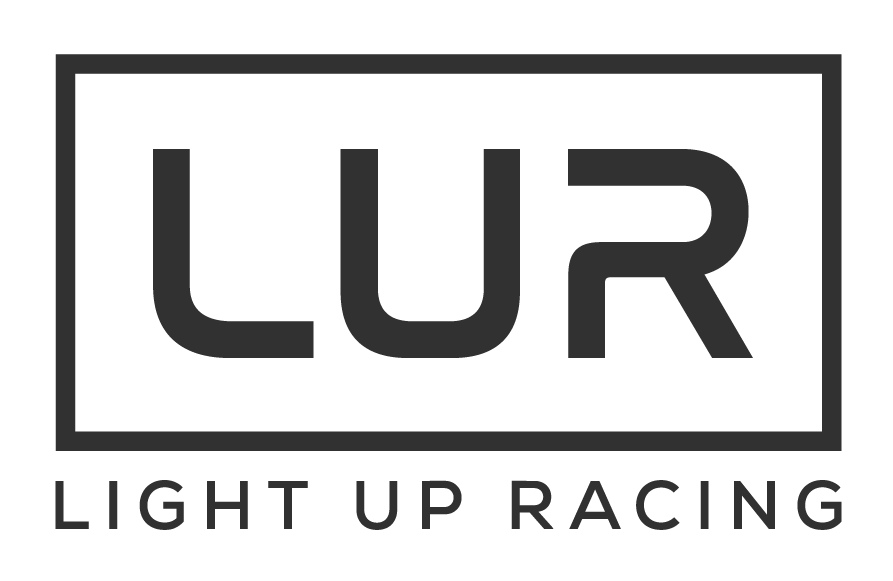Handling a crisis well can turn a tough situation into a chance to show strength, leadership, and a commitment to doing things right. This not only helps the people directly involved but can also make the whole horse racing industry look better.
Knowing how to talk to the media and manage what people hear about the crisis is key. Doing this well can change a challenge into an opportunity for positive attention and open conversation.
This guide gives you easy steps to follow during a crisis. It will help you communicate effectively, addressing the problem and also improving how people see horse racing.
Key points:
- Timeliness and Transparency: Address the situation quickly and transparently.
- Empathy: Show genuine concern for all affected.
- Accuracy: Provide clear, accurate information about the incident and actions taken.
- Responsibility: Demonstrate a commitment to addressing the issue and preventing future occurrences.
- Relatable: Deliver the interviews and statements using language and formats suitable for each platform – content on X is consumed differently to Instagram, which is presented in a varying style to a formal press release.
Media Interviews
To Speak or Not to Speak: The Critical Decision
The first question you face in a crisis is whether to take the interview. Silence can sometimes be misinterpreted as indifference or guilt, while speaking prematurely may risk exacerbating the situation. Follow these steps to make a calculated decision:
- Assess the Situation: Understand the crisis’s scope and its potential impact on the industry. If the issue directly involves your operations or has significant implications for the broader industry, your voice is essential.
- Consult with Your Team: Engage with your crisis management team, legal advisors, and PR professionals. Their expertise will guide whether speaking out will mitigate the crisis or fuel the fire.
- Prepare Thoroughly: If you decide to engage, ensure you’re well-prepared with facts, a clear understanding of the issue, and a strategic message that aligns with your crisis management objectives.
Guidelines for Managing Crisis Interviews
Once the decision to engage with the media has been made, following these guidelines will help manage the narrative, alleviate concerns, and protect the industry’s reputation.
1. Be Transparent, Accountable and Empathetic
In crisis situations, transparency is key. Acknowledge the issue, express concern for those affected, and be clear about what is known and what is still being investigated. This openness builds trust and demonstrates responsibility.
When an incident occurs that impacts horses, it also affects the people who work closely with them. It is crucial to recognize this and approach the situation with empathy, demonstrating your genuine concern for all parties involved before delving into any logical aspects of the matter. By doing so, you establish a foundation of authenticity and compassion.
2. Stay Focused on Key Messages
Develop three to four key messages that you want to convey during the interview. These should reflect your commitment to resolving the issue, steps being taken to address the crisis, and the measures in place to prevent future occurrences. Staying focused on these messages helps control the narrative and ensures that your core points are communicated.
3. Use Bridging Techniques
Bridging techniques are particularly useful in crisis interviews, allowing you to acknowledge journalists’ questions and then steer the conversation back to your key messages. Phrases like “What’s important to remember is…” or “Let’s not lose sight of the fact that…” can help redirect the discussion.
4. Express Empathy and Commitment
Crisis situations often involve heightened emotions, especially in industries connected to animals and sports. Expressing empathy and a commitment to rectifying the situation can go a long way in maintaining public trust and industry integrity.
5. Avoid Speculation
Stick to the facts and avoid speculating about causes or assigning blame until a full investigation has been conducted. Speculation can lead to misinformation and further damage the industry’s reputation.
6. Prepare for Difficult Questions
Anticipate the tough questions and prepare your responses in advance. Practicing these responses with your PR team can help you remain calm and collected during the interview.
Best practice: media interview
In the interview above, the CEO of Perth Racing in Australia, James Oldring, had to address mainstream media in a live television interview in the immediate aftermath of a horse dying and another injured from a shocking fall during Western Australia’s highest-profile horse racing event.
The two horses fell to the turf just 200 metres into the Perth Cup, held in front of around 10,000 spectators on New Year’s Day. The event was abandoned mid-race.
Key points to note:
- James completed his research going into the interview, visiting the Kick Up website to gather key points of information to address potentially challenging questions.
- The facts are stated in a rational way and the question is answered clearly.
- The processes are explained concisely and coherently without an excess of detail.
- James discusses the pragmatic elements, but very importantly, he also shows empathy for the horse and connections.
- He talks about the emotional elements – grooms getting up early and dedicating their lives to this industry, then describes the care and wellbeing of the horse in a way that the public could relate to.
- He respects the stewards and their decision-making, noting that’s not his jurisdiction.
- When the answer is clear, his response is very direct, but he’s amenable rather than defensive.
- James respects racehorses as athletes, using that exact term: athlete, and explains the risks involved with being an athlete in a high risk sport.
- Exact facts and statements are used, using very specific statistics and numbers to explain the industry’s safety record. These answers are not vague and general, but precise and woven into the answer through a bridge.
After the Interview: Continuing the Conversation
Following the interview, monitor the coverage and public reaction to gauge the effectiveness of your message. Continue communicating through your channels, providing updates on the situation as they become available. This sustained effort in transparency and communication plays a critical role in crisis resolution and recovery.
Conclusion
Deciding to engage in a media interview during a crisis in the thoroughbred horse racing industry is a critical decision that requires careful consideration and strategic planning. By assessing the situation, consulting with experts and using factual data then preparing with key messages and figures, you can ensure that your engagement helps manage the crisis and protect the industry’s perception. Transparency, empathy, and a clear focus on accurate figures and key messages are your allies in navigating these challenging waters.
written releases
Writing an effective press release during a crisis requires a delicate balance between demonstrating empathy and providing pertinent facts.
The goal is to manage the situation effectively, maintaining the trust and confidence of the public, stakeholders, and the media. Here’s how to structure and write a press release that addresses a crisis effectively:
1. Immediate Acknowledgment
- Promptness: Address the situation as quickly as possible to avoid the spread of misinformation.
- Acknowledgment: Start by acknowledging that the organization is aware of the crisis situation. This demonstrates responsibility and awareness. This might be a short note released on socials, mentioning that the facts and more information is being gathered.
2. Express Empathy
- Empathy: Show genuine concern for any victims or affected parties. This could include injured horses, jockeys, or emotional distress caused to the viewers and fans.
- Tone: The tone should be sincere and compassionate, avoiding any defensive or dismissive language.
- Specific: Always mention the name of the horse and refer to a him or a her (never ‘it’!). Acknowledge the full names, first and last name, of those affected. If it is a horse fatality, this will include the owner, trainer and groom – always important to mention every industry layer of those affected.
Example: “We are deeply saddened by the events that occurred during [specific event]. Our hearts go out to all those affected, the owner [specific name], trainer [specific name] and the groom [specific name] who loved [horse name] and worked tirelessly for her care and wellbeing.”
3. Provide Clear Facts
- Detail the Incident: Explain what happened in clear, straightforward terms without speculation. Stick to the verified facts and be as precise as possible. Use proper veterinary terms, rather than colloquial language.
- Current Status: Update on the current status of the situation, including any immediate actions taken or planned responses.
Example: “During the [specific event], a collision occurred involving [horse name]. She injured her right foreleg tendon and immediate medical attention was provided. She was sent to [specific clinic] where she will receive top veterinary care.”
4. Outline Actions and Commitment
- Immediate Response: Describe the actions already taken in response to the crisis.
- Future Steps: Clearly outline the steps the organization will take to investigate the incident, prevent future occurrences, and any changes to policies or procedures.
Example: “We have initiated a comprehensive review of our safety protocols, and are working with industry experts including HISA to enhance our measures. We are committed to ensuring the safety and well-being of all participants, horse and human.”
5. Offer Additional Information and Contacts
- Resources: Provide links or contacts for further information.
- Media Contact: Include a specific contact person for media inquiries, ensuring they are prepared to handle questions accurately and specifically with consistency and sensitivity.
6. Close with Reaffirmation
- Reiterate Commitment: End the press release by reaffirming your organization’s commitment to safety, integrity, and transparency.
- Positive Note: If appropriate, close on a positive note, expressing hope or determination to move forward and improve.
Example: “We remain unwavering in our dedication to ensuring the safety and well-being of horses. Our ongoing efforts to enhance safety protocols and implement rigorous assestment programs underline this enduring commitment.



